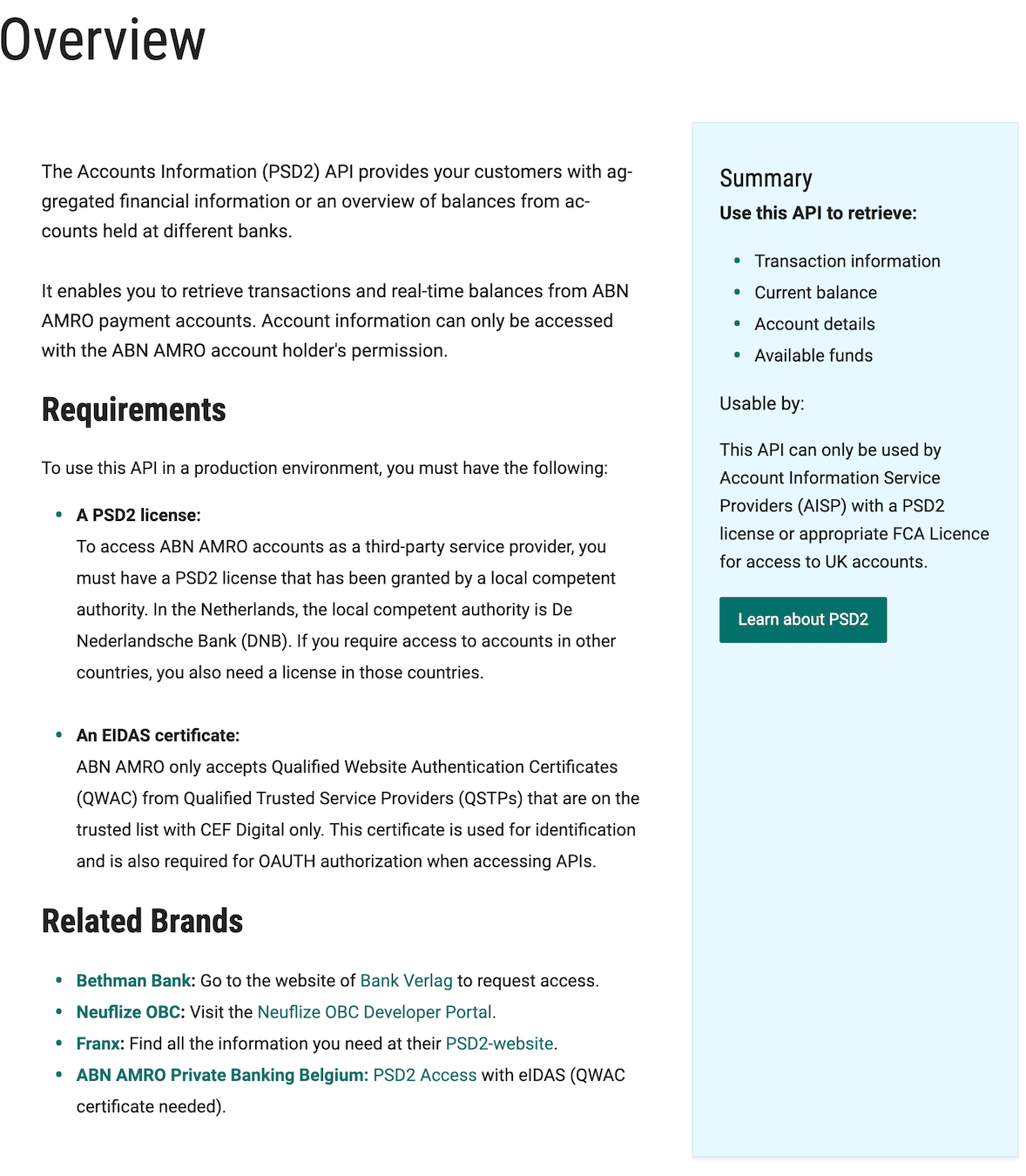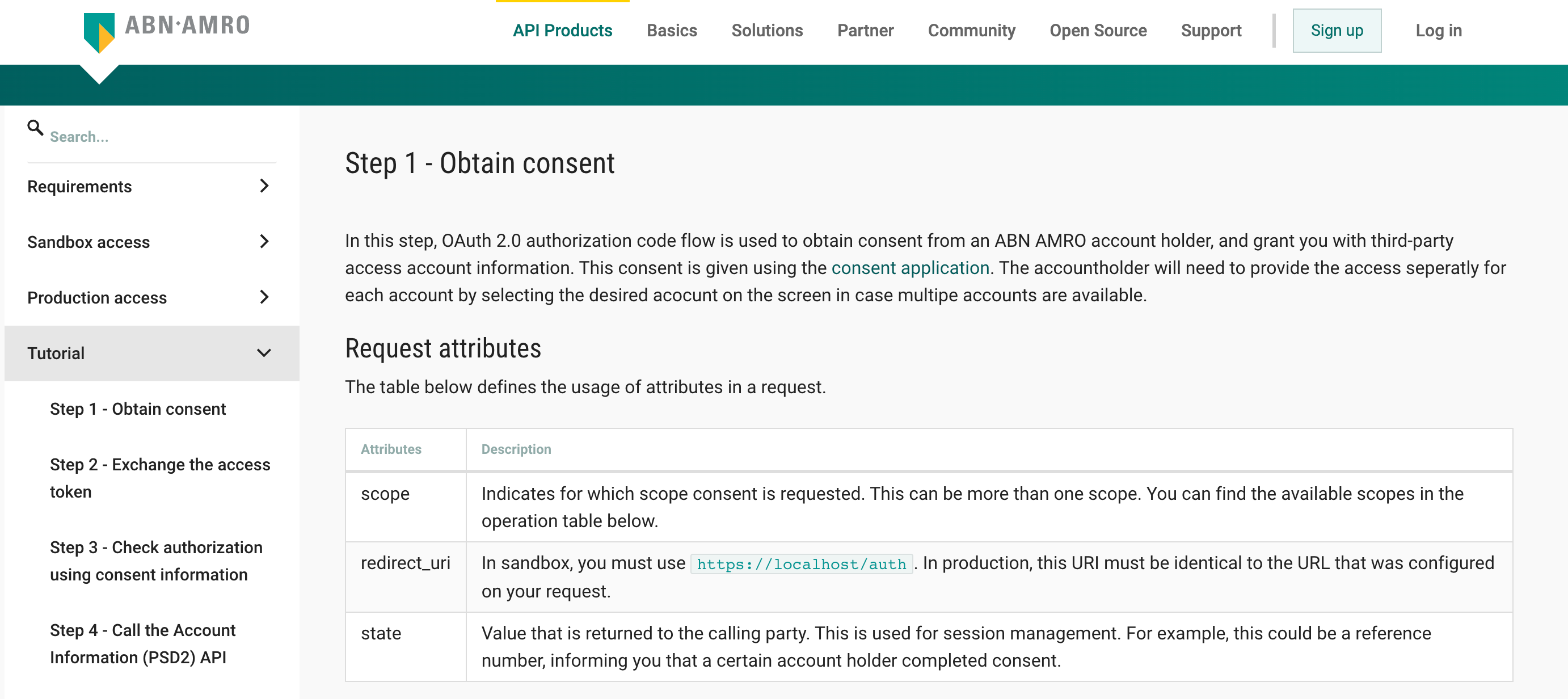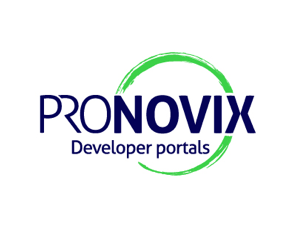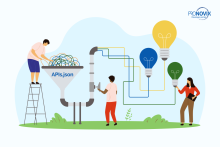Onboarding as the first point of contact towards your API offerings can make or break adoption: you have minutes to clarify where and how developers can start their integration efforts. Onboarding enables self-service and provides clarity on your API product's requirements, thus it reduces their onboarding time and gets all parties faster towards what they want: successful business integration through the API.
In this article, we explain the necessary elements for such a seamless onboarding, and why that great developer experience can ultimately drive business success.
Developer Success as an objective can be seen as the combination of successfully serving the needs of the different participants in the API economy: application user experience, developer experience, and value exchange. From among these three, here we focus on the onboarding needs- and behavior of the developer who builds the application.
Table of contents:
- Seamless Onboarding and API Learning Paths
- How to Create an Effective Onboarding Process?
- The Role of Onboarding in the Context of Business Success
- How can Pronovix Speed up your Go-to-Market?
Seamless Onboarding and API Learning Paths
Onboarding in the context of a developer portal starts with transparent steps to registration and clearly shows what the APIs are about, how they work, how developers can start integrating, and where to find additional resources. It serves different roles: evaluate, educate, and accelerate, and plays a crucial role as it functions as the first step of user experience. Giving too much information can be confusing and overwhelming, while providing only a few details leave the user with more questions than answers.
For a better understanding, it is worth taking a look at what makes onboarding seamless and what are the different user paths.
Seamless Onboarding
A great developer portal should behave as a self-service hub, where the developer can navigate independently, but they also know where and when they can get support if needed.
Seamless onboarding based on:
- transparent steps to registration,
- enough information about what the APIs are about, how they work,
- how developers can start integrating, and
- where developers can find further resources.
Without the mentioned information, the user will experience friction and frustration, possibly leading to leaving the developer portal and looking for another solution. If we provide too much--presently unnecessary--information, the developer will be lost, and it will take too much time for them to find something. As time is crucial, the second scenario will also lead to exiting the website.
Understand Your Users: API Learning Paths
As we previously highlighted, everybody is unique, but we can observe a few patterns in the process of API learning. Based on these patterns, three main categories emerge: the systematic, the opportunistic, and the pragmatic developers.
Systematic developers aim for a deep understanding of the whole technology. First, they want to understand how pieces of the system work individually, and then they will work on their task. Systematic developers need to locate information in an API reference from the beginning easily.
Opportunistic developers usually scan through the text, check the available tools and then start to work. They usually collect information in parallel with the coding process.
Pragmatic developers seek only the necessary information to start coding and then refer to the documentation and other information resources to solve problems as they encounter them.
We can provide the necessary onboarding materials and the right structures, if we understand these needs. When users can work on their own - so the developer portal behaves as a self-service hub - there is a higher chance that they will use your product.
If developers can understand where and how to start their integration efforts, and they achieve their goals with your product, it will feed back to your organization in the form of partnership and recognition, and it will generate a mutually beneficial arrangement. This is the basis of a successful program.
How to Create an Effective Onboarding Process?
Based on our research and experience, the following aspects are crucial when a user interacts with a developer portal:
- Expectation management: clearly state assumptions, barriers, and implementation time. The user also has to know all of the possible use cases for an API through documentation or SDK.
- Logical documentation structure with the necessary information: if one wants to scan through the text, headings, bolded texts, and bulleted points can help them to navigate. Use common terminologies and plain English, so everyone can understand your message.
- Providing code examples so every developer (even the opportunistic ones) will stay on the developer portal. Comments, explanations of what the code is doing are also welcome.
- Conceptual knowledge is presented redundantly and integrated into information resources that developers prefer to use.
- Building a community and offering help through forums and support is also important as users can communicate with each other and with you. You can always benefit from learning the users’ pain points regarding the product.


There are several key points we recommend to focus on when you start to design - or evaluate your existing - onboarding:
- Use standard terminology to refer to onboarding documentation types. Using different words in every case can cause confusion.
- Make it clear how you handle agreements that need to be signed. This way you can gain trust, and you can make sure your legal process is on point.
- Provide a smooth registration process. The user has to find what they are looking for within seconds, and then, if they want to register, you need to make sure they can do it quickly.
- Ensure your customer developers can easily onboard and integrate with your APIs. Provide them with information, examples or even tutorials.
If you would like to deep dive into the topic, and want to better understand onboarding, you can read these further articles:
The Role of Onboarding in the Context of Business Success
If the consumer can find everything they need, and learns how to use the APIs effectively and in a relatively short time frame, they won’t leave your developer portal, and their company possibly will become a customer. A mutually beneficial arrangement is essential for a successful program.
As Koen Adolfs (Head of API Portfolio at ABN AMRO) highlighted in the Developer Success podcast, ‘on the one hand, you have strategies “us as a company”, “us as a bank” and therefore, you provide APIs you want to succeed with those strategies. And then having developers attract them to your products, your APIs to get them into their applications (…) Everything that a developer needs to be creative on your APIs, on your products to integrate that into their applications, and be successful for that, that will be developer success, and therefore also company success.’
How can Pronovix speed up your go-to-market?
Every business is unique - like the users of the products - but as we highlighted in this article, there are a few best practices that can help you. These are, of course, only the basis. Pronovix’s UX services help you to create a detailed, tailor-made solution from a team specialized in building developer portals. Our UX team can help you map out the user personas and suggest how you could create a clear and transparent onboarding process in your specific context.
Designing the onboarding journeys for your developer portal will affect the required time of go-to-market: if you have a well-detailed plan and can execute it, you can make the onboarding seamless for every user. Quick registration, clear legal processes and transparent documentation mean you can offer your products more efficiently and earlier externally to the consumers.
Besides that, with the Zero Gravity Developer Portal Solutions, APIs can be flexibly documented by linking content and displaying them on different tabs related to the same API. Furthermore, both machine-generated and code samples provided by the OpenAPI specification can be easily copied or downloaded by clicking an icon. As support is a crucial part of onboarding, Zero Gravity developer portals can provide FAQs, contact forms, and general documents such as “Get started”.

All Pronovix publications are the fruit of a team effort, enabled by the research and collective knowledge of the entire Pronovix team. Our ideas and experiences are greatly shaped by our clients and the communities we participate in.





